A Guide to the LGBTQ+ Pride Flags
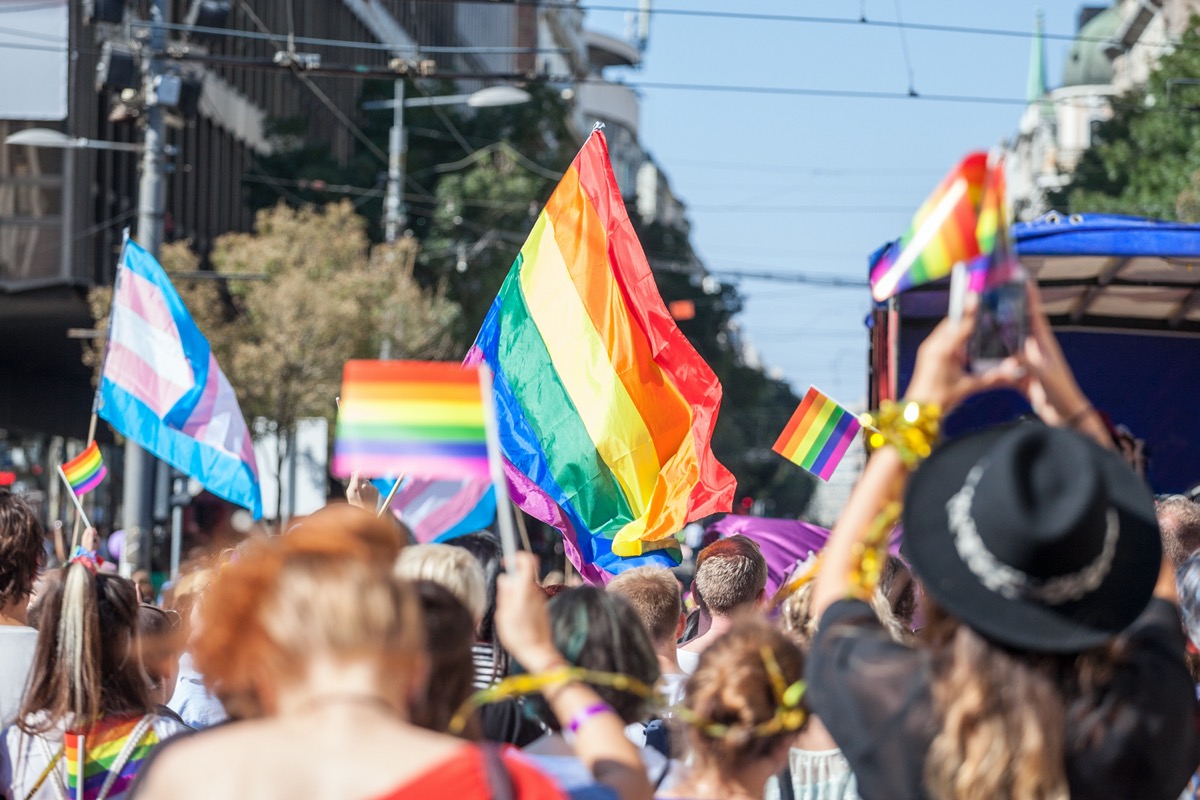
Listen, it might not be anywhere near Pride month right now, but I want to FEEL proud. In fact, I’d like to feel ANYTHING except the slow creep of another month. I want the summer. I want ketamine on the dancefloor. I want to sweat out my day-drunkenness wandering the city streets. I want to be gay and do crime. Lots of crime. I want to chill. I want to laugh at Republicans.
So to put myself in a Pride kinda mood, I’ve put together this collection of all of the different pride flags. And honestly, my New Year’s resolution is to get a person from each one of these demographics to help me pull off a HEIST; a caper to end all capers. Maybe steal the Declaration of Independence. Or Ted Cruz’s coin collection. I wanna steal cold hard cash from the vault inside J.K. Rowling’s castle and buy drugs with it. That’s what I wanna do. And I need these people to help me.
Agender
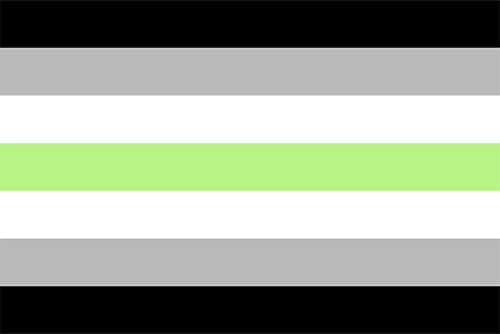
The agender pride flag was created by Salem X in 2014, and represents people who identify as neither male, female, nor any other gender. Black and white symbolize the absence of gender, while gray and green symbolize semi-genderlessness and the non-binary gender, respectively.
Ally
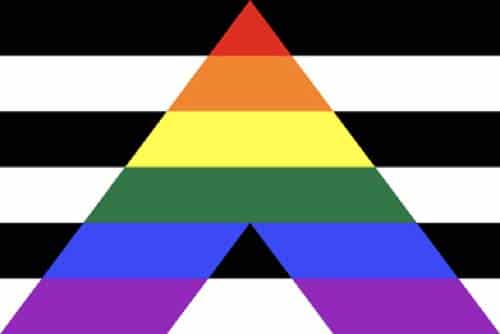
This one’s for the straight allies! After all, SOMEONE has to volunteer to take the fall for the Gay Heist of the Century, and what better way to prove your allyship than by going to jail for a crime you didn’t commit? The black and white bars of the allyship pride flag represent cis and straight people (as well as the color of the prison uniform they will soon wear), and the rainbow “A” represents the queer community and allyship to it.
Aromantic

The aromantic pride flag was created to represent people who experience little or no romantic attraction. It first appeared in 2015 and was designed by Tumblr user Cameron Whimsy. Dark green represents aromanticism, light green represents the aromantic spectrum, white is for the platonic or aesthetic attraction an aromantic person may feel, gray represents demiromantic or gray-aromantic people, and black symbolizes the sexuality spectrum.
Asexual
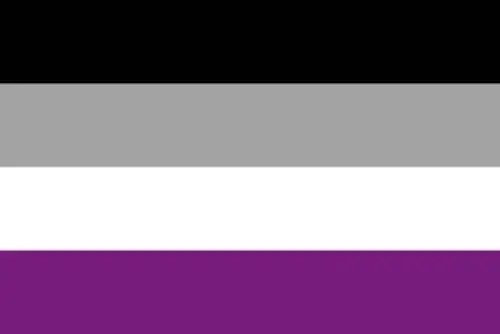
Asexuals unite! This flag was was designed in 2010 by members of the Asexual Visibility and Education Network as a representation the asexual (or non-sexual) community and their allies (who may also take the fall for the crime). Black represents asexuality, gray represents gray-asexuality and demi-sexuality, white reprsents non-asexual partners and allies, and purple represents community!
Bisexual
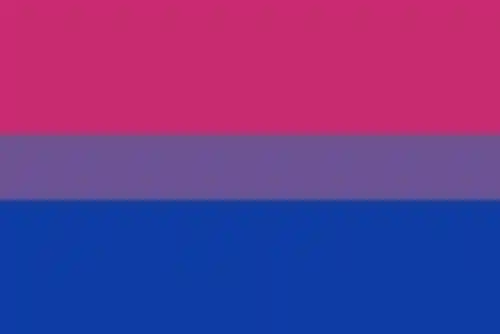
The bisexual member of our group will be the perfect person to seduce a security guard of any gender while the rest of the team sneaks silently past. The bisexual flag was created in 1998 by Michael Page to represent the bisexual community and its allies. Pink represents attraction to people of the same gender identity, purple represents attraction to two genders, and blue represents attraction to people who identify as a different gender than they were assigned at birth.
Butch Lesbian
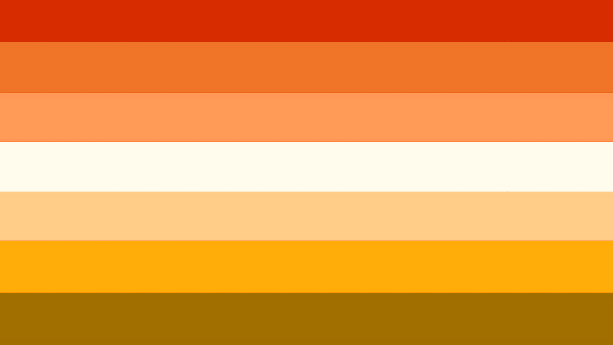
The butch lesbian pride flag was created in 2020 by Tumblr user Nbgender in to symbolize the butch lesbian community. The colors are similar to the lesbian pride flag, which I will explain below! The butch lesbians will provide much needed muscle for the team should we find ourselves in a combat situation with law enforcement.
Demiromantic
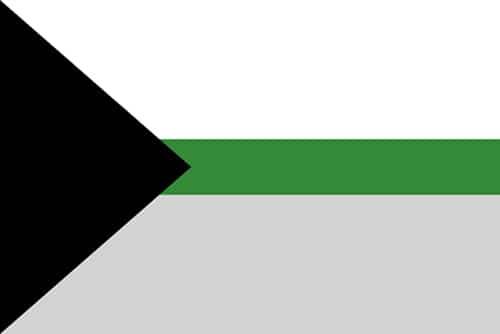
Demiromantic is a word used to describe individuals who are romantically attracted to genders other than their own. White represents platonic and aesthetic attraction and queer/quasi-platonic relationships. Black represents the sexuality spectrum. Gray represents the gray-aromanticism and demi-romanticism. Green represents the aromantic spectrum (and the color of all the money we’ll make from this heist).
Demisexual
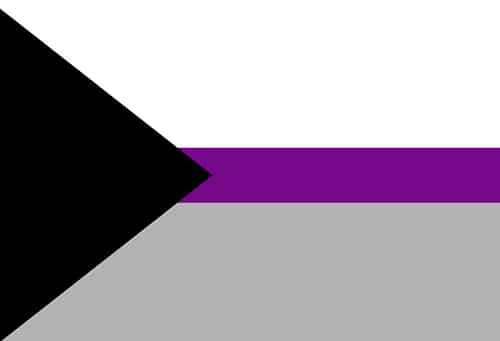
The demisexual pride flag was designed to align with the demisexual, sexual, and sexual communities. An individual who identifies as demisexual does not experience sexual attraction to another person unless they have an emotional connection.
Genderfluid
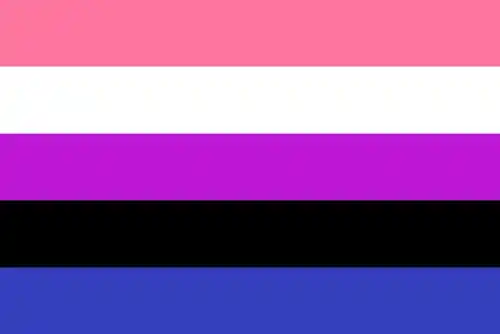
The genderfluid pride flag was created in 2012 by JJ Poole to represent genderfluid, transgender, and non-binary people, as well as those who don’t identify as male or female. It also symbolizes people whose gender identity fluctuates, and people who are intersex. A genderfluid operative will be dispatched to fluidly navigate the spinning laser array that guards priceless artworks.
Genderqueer
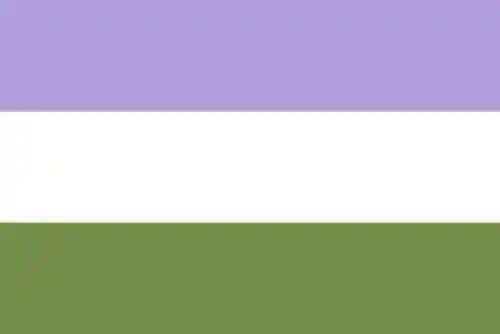
The genderqueer pride flag was designed in 2011 by Marilyn Roxie. Lavender represents androgyny and people who identify as a mixture of male and female. White represents agender people. Dark green represents people whose identity falls outside of the gender binary.
Intersex
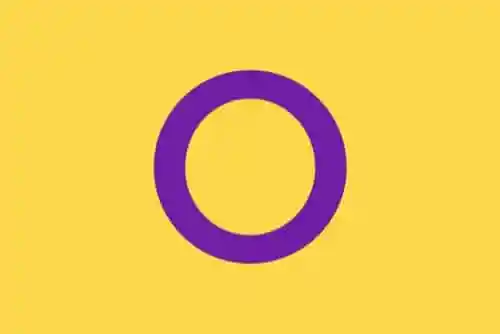
The intersex pride flag was developed in 2013 Morgan Carpenter as an act of solidarity to the intersex community. The intersex pride flag is used to show that there is more to gender identity than male and female; there is an entire spectrum of identities. Purple and yellow represents gender neutral people, while the circle symbolizes “wholeness and completeness, and our potentialities,” according to Carpenter.
Labrys Lesbian
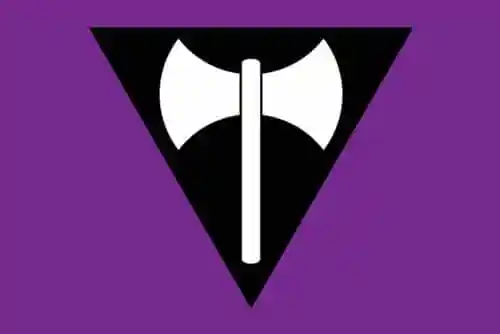
The labrys (double-headed axe) was designed as a symbol of lesbian power in 1978 by artist Alisa Bierria for her art project “Public Art Wares,” in response to Anita Bryant’s anti-gay “Save Our Children” campaign from the previous year. The labrys is an ancient Greek tool associated with work traditionally designated for women, but the double-sided axe is also associated with the Amazons. Purple represents women, feminism, and all people who identify as a woman attracted to other women, while the black triangle represents lesbians.
Each member of the heist team will be equipped with one of these axes should violence become necessary, and an elite lesbian strike force will shadow the group in order to protect against an unexpected assault.
Lesbian
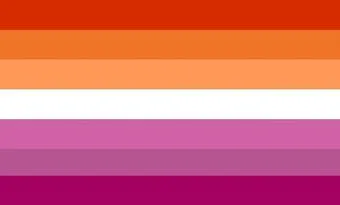
The lesbian pride flag was created in 1999 by graphic designer Sean Campbell. Red, purple, and pink symbolize women and femmes.
Non-binary
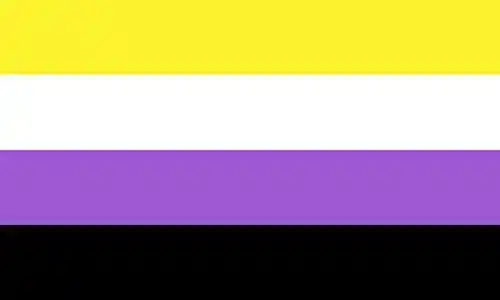
The non-binary pride flag was designed to represent the gender identity of people who do not identify as male or female. It was created by a member of the Facebook group “Nonbinary Gender Fluid.” Yellow represents those whose gender falls outside of the binary, white is for people with many or all genders, and purple is for those whose gender identity falls somewhere between male and female or is a mix of them. Black represents those without gender.
Pansexual
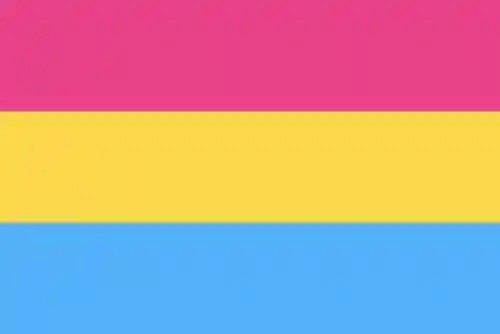
The pansexual pride flag was posted anonymously on Tumblr to represent the pansexual community, but was revealed to have been created by Jasper V. Pink represents attraction to those who identify as female. Yellow represents attraction to those who identify as genderqueer, non-binary, agender, or androgynous. Blue represents attraction to those who identify as male. The pansexuals on the team will work in tandem with the bisexuals on the security personnel seduction team.
Polyamorous
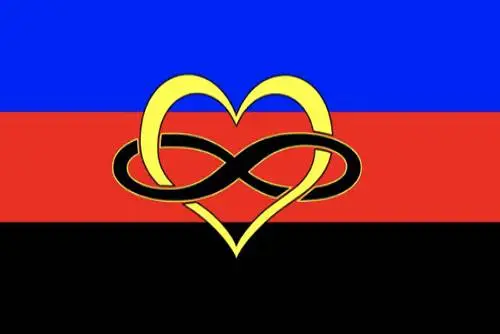
The polyamorous pride flag was designed by Jim Evans in 1995, and represents the concepts of openness, acceptance, and commitment. The Infinity Heart sign represents infinite love for multiple partners at once. Yellow represents the value placed on emotional attachment to others. Black is a symbol of solidarity with those whose polyamorous relationships have to be kept secret. Red symbolizes love (and the blood we may have to shed to pull this heist off successfully). Blue represents the openness and honesty of people involved in polyamorous relationships.
Polysexual
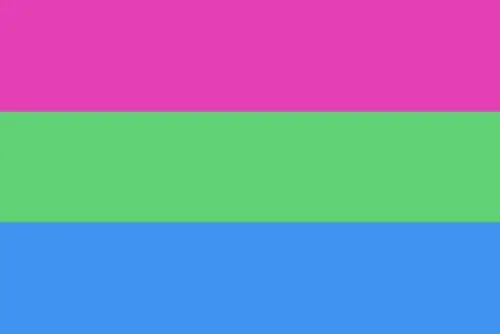
The polysexual pride flag was designed in 2012 by Tumblr user Anmed Samlin. Green represents attraction to non-binary people. Blue represents attraction to men. Pink represents attraction to women. The polysexuals will also accompany the bisexuals and the pansexuals in order to seduce and distract security personnel of all gender identities.
Progress pride flag
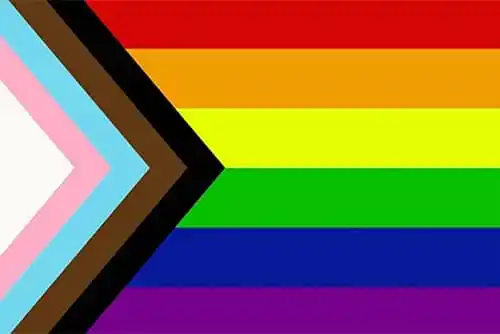
The progress pride flag was conceptualized in 2018 by graphic designer Daniel Quasar. Quasar intended the flag to extend representation to marginalized LGBTQ+ communities of color and transgender people. The six colors of the rainbow represent the LGBTQ+ community at large, while the black and brown stripes represent LGBTQ+ communities of color. The pink, light blue, and white represent the trans community. After we steal the Declaration of Independence, we will leave this flag in its place as a “calling card,” if you will.
Rainbow pride flag
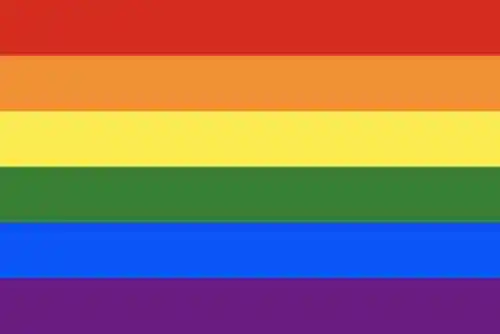
A modern classic. Ol’ reliable. The OG. The rainbow pride flag was created in 1978 by artist Gilbert Baker. Red symbolizes life (hopefully not behind bars if the heist goes wrong). Orange represents healing (and hopefully not the color of our prison jumpsuits). Yellow represents sunlight (the thing we hope to see again outside of a cell). Green represents nature (the thing we wanna walk in outside of the prison yard). Blue represents harmony and peace (two qualities we may have to forgo if things go badly). Violet represents spirit (and the violence we may have to inflict upon security personnel in case someone trips an alarm?).
Transgender
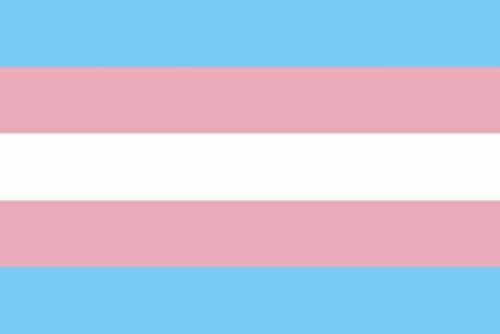
The transgender pride flag was designed in 1999 by American trans woman Monica Helms to represent the trans community. Light blue represents the traditional color for baby boys. Pink represents the traditional color for baby girls. White represents those who consider themselves a neutral or undefined gender or are transitioning. A team of trans hackers will be deployed to bypass the museum’s security mainframe.
Two-spirit
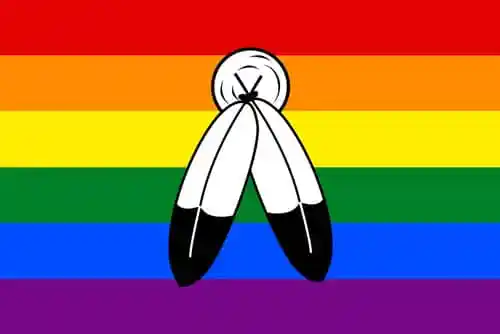
The two-spirit pride flag was created to represent Indigenous North Americans who fulfill a traditional third gender or ceremonial role in their respective cultures. The two feathers represent masculine and feminine identities, while the circle represents the unification of masculine and feminine. The rainbow colors represents the modern LGBTQ+ community as a whole.
Is everyone clear on how to identify their teammates for this mission? Good, now let’s steal the Declaration of Independence and really leave our mark on history.
(featured image: Getty Images)
Have a tip we should know? [email protected]
